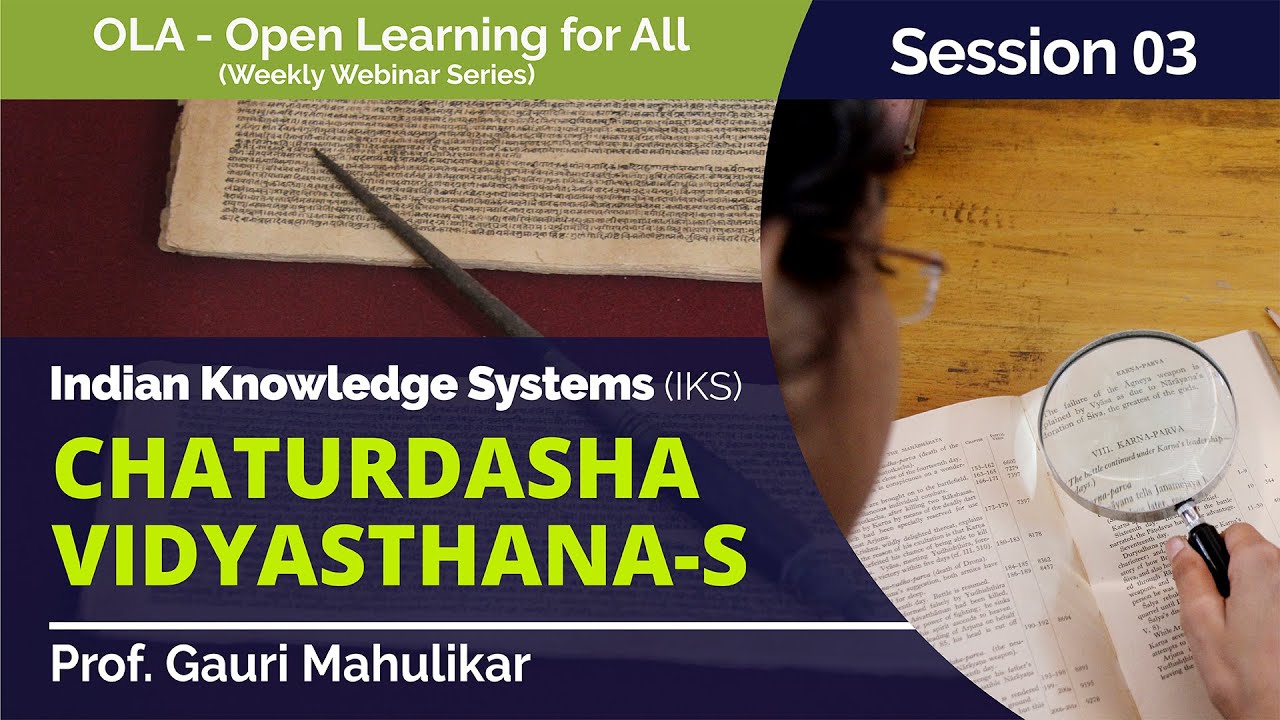Vedic Deities
The Vedas deify natural phenomena: earth, fire, water, air and ether. (śrī rāma, śrī kṛṣṇa, śiva are paurāṇika devatā who came much later). These are the five gross elements. It is from these that all creation happened. These pañcamahābhūtas are then humanised, personified and finally apotheosis, or deification, turning them into deities. Thus, many ṛṣis deified natural phenomena.
Yāskācārya, the author of the Niruktas, says there are only three types of deities:
terrestrial—of the earth
antarikṣa-sthānīya—mid-region or atmospheric
and celestial or heavenly.
So all deities that find mention in the ṛg-veda can be classified into these three categories.
Let us take tejas tattva or agni, fire. If we take tejas as a natural phenomenon then the heavenly body is the Sun. The atmospheric body of tejas, is vidyut or lightning and the terrestrial form is fire. Thus, one tejas obtains in the three spheres or realms three forms.
In the heavenly bodies, it is not just one Sun in the ṛg-veda. There are many solar deities. The Bhāgavata-purāṇa lists twelve ādityas, one for every month. Even Viṣṇu, Indra are solar deities.
Likewise take the āpa tattva or water principle: water is seen as streams and rivers flowing on earth, water as the pure principle which purifies you, or rainwater which comes from the atmosphere; for that rain to happen there are clouds, winds and a governing deity and that is Indra.
So many are related to the rain phenomena or water principle. In this manner, the number of deities increases.
Among the deities, Indra is the most glorified with 250 hymns sung in his praise, followed by Agni with 200 odd hymns, followed by Soma, then the Aśvinī-kumāras, the physicians of Gods. Not just devatās but rivers, earth, planets are also glorified and worshipped. Interestingly, there are hymns for akṣa (dice), ulūkhala musala (mortar and pestle), even frogs (maṇḍūka) probably owing to their great role in heralding the monsoons and then ensuring pest-free rice farms.
There are also hymns for Rudra, Viṣṇu, Parjanya, Bṛhaspati, heaven and earth, rivers… Among rivers, the Rivers Sarasvatī finds reference in many maṇḍalas and the Gaṅgā is found only in the tenth maṇḍala of the ṛg-veda. Sarasvatī dried up during the Mahābhārata.
Approaching the ṛg-veda
The Vedas show us many deities and gods but lead us to the One. So that we realise that the One Itself became the many. But the western scholars saw the many and said, Sanātana Dharma has many gods. This they labelledPolytheism, [poly=many; theos=god; ism=sampradāya]. From here they led up to Henotheism and then Monotheism. Hence, from the many to the One.
The Henotheists focused on the [culture of] praise of one particular god out of many. (Such as Viṣṇu-bhakti, śiva-bhakti…) They defined it as: adherence to one particular god out of several, especially by a family, tribe or group. Or: the worship of a single god while not denying the existence or possible existence of other deities. So, it considered the development of theism focused on a single god while accepting other deities and concepts of god. This they called Henotheism.
For example, the praisers of Viṣṇu, would, in the Viṣṇu-sūkta, say Viṣṇu is the greatest of all the Gods, he is the one who supported the dyāvāpṛthivī. [See note]. When it comes to Indra, we will praise Indra as a supporter of the dyāvā-pṛthivī. This is what they referred to as Henotheism by western scholars.
Max Mueller fine-tuned that word and coined another to be a close cousin of Henotheism, yet, it was specific to the Vedic culture on which he spent a great many years researching. So accordingly, kathenotheism is the worship of one god at a time. ‘It is closely related to henotheism, the worship of one god while not rejecting the existence of other gods. Müller coined the term in reference to the Vedas, where he explained each deity is treated as supreme in turn.’
So western scholars saw a variety of religious worship all coexisting but leading nowhere. Polytheism to Henotheism/Kathenotheism to Monotheism is the journey of the western scholars. Whereas, in Vedānta, we come to Advaita monotheism or Advaita—ekamevādvitīyam. So from Vedic to Vedantic is the real journey where man begins with worshipping many gods and travelling thus, comes to realise that all those are the One Brahman, ekameva Advaita. This is Poly to Heno to Mono.
Or as Prof. Mahulikar says, quoting the Bṛhadāraṇyaka upaniṣad: pururūpa īyate—He takes many forms. One becoming many for the people, in order to achieve so many mundane goals, for empirical development, for the welfare of the people. Thereby telling us that everything is the One alone.
(In a later lecture, Prof. Mahulikar discusses the deities, the legends surrounding them, their stories and for this, she refers to Bṛhad-devatā written by śaunaka ṛṣi, belonging to the year 400 BCE (a later historian places this book to between 1st and 5th century CE). There are innumerable deities that the ṛg-veda hymns offer adorations to and the Bṛhad-devatā lists them out verily into a catalogue.)

